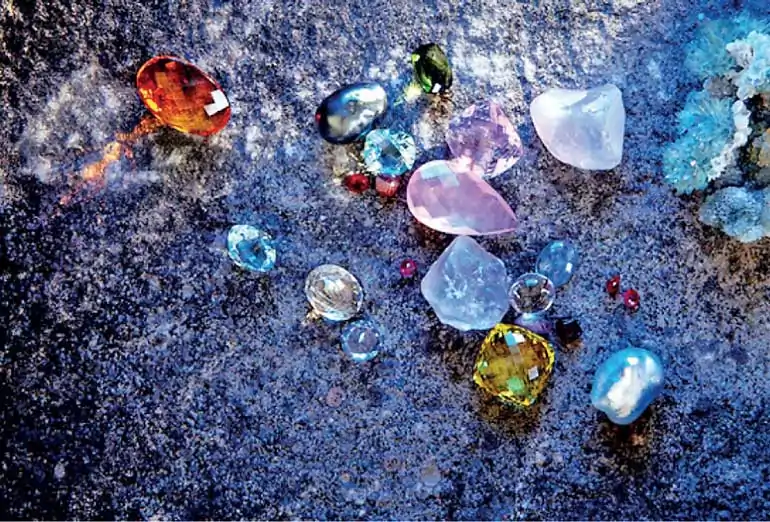Tea, Spices, Batik and Gems
Tea
The finest tea in the world is produced in Sri Lanka. Despite the change of name of the island in the year 1972, Sri Lanka’s tea is still branded & marketed as Ceylon Tea. Ceylon tea, with its fine, rich flavour & bright golden colour has no rival in terms of quality. Ceylon Tea remains a cornerstone of the economy of Sri Lanka, being the second biggest export behind clothing.
Sri Lanka is one of the biggest tea manufacturers in the world. Come with us to see what it takes to make premium Ceylon tea. You will get one in a lifetime experience to see how the tea leaves are plucked to how the tea tasting is done.
When traveling through the hills of Sri Lanka, you will experience that the cultivation of tea has become a jewellery of the landscape. Tea is known as a morning energy booster in most countries. Make sure to taste Sri Lanka’s finest tea, especially white tea, and green tea.
Cacao
Sri Lanka is famous for some of the world’s finest cacao. The great part of cacao cultivation occurs in the Matale, Kandy, Badulla, Kurunegala, Kegalle and Monaragala districts. Who introduced cacao to Sri Lanka?
On 2 June 1603, Dutch admiral Joris van Spilbergen stood before King Vimaladharmasuriya I of Kandy. Van Spilbergen had just arrived after a journey of one year that brought him from Veere, in the Netherlands to Kandy. Apparently, the admiral made a good impression, because the two immediately developed a close friendship.
The King even became curious about the Dutch language of his new friend and decided to learn it. Little did they know that their friendship would start one of the two routes through which cocoa would reach Asia: the Dutch cocoa route. In fact, there were two separate cocoa introductions to Asia: the Dutch and the Spanish cacao route. The first brought cocoa from Venezuela, the second from Mexico.
The first cacao plantation in Sri Lanka was set up by the British in 1819 in Nalanda, near Matale.
King Coconut
Spices
Today spices are used mainly to flavour food. In mediaeval times, however, spices played a more important role as food preserving agents. In the absence of fridges and freezers, people used spices to preserve food.
The Spice Garden is the perfect place for those who love enjoying a variety of spices. For centuries, spices have been one of the most celebrated exports in Sri Lanka. They have been used for medicines, cosmetics as well as to flavour the food. History says that the Greeks, Arabs & Malays had linked with the Sri Lankan business field through spice trade.
Spices provide ground for traditional Ayurveda. It is believed that Ayurveda is the science for a long life with a good physical & mental well-being with natural remedies such as fenugreek and cinnamon to control blood sugar, cloves as a treat for a toothache, ginger & peppermint to treat nausea, pepper and turmeric as an anti-inflammatory and more.
Step into the unpolluted, green garden, where you can see how herbs are grown in their natural environment, then learn how you can use them to enhance the taste of specialty meals. These spices will reveal to you the secret of traditional Sri Lankan dishes, which have great nutritional value as well as being delicious. This visit will help you to gain an insight into the long spice history of the island.

Batiks
Gem


